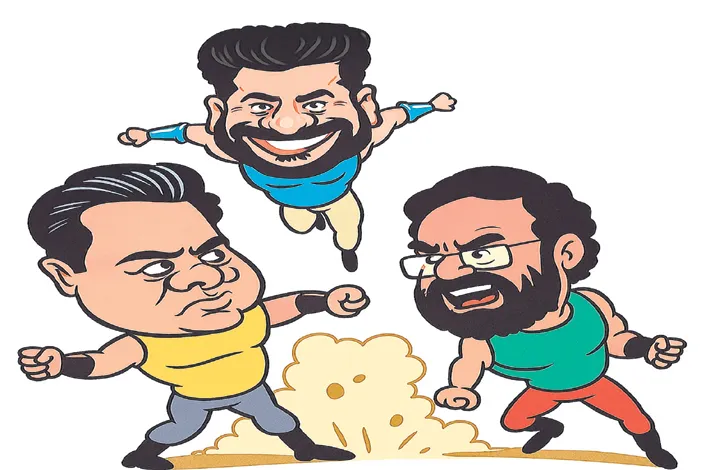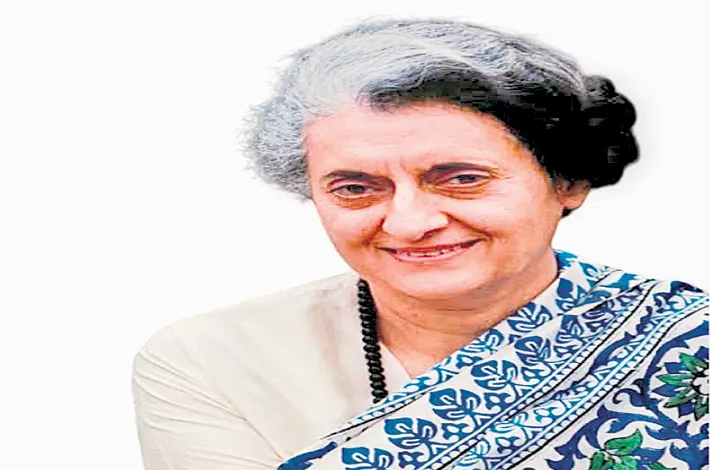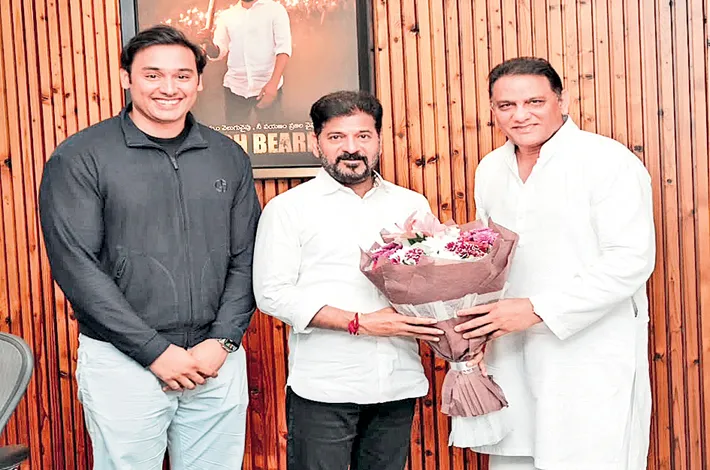Babies and the battle for the future: What India offers
29-10-2025 12:00:00 AM

Scaling India’s success stories nationally requires a coherent framework, and a willingness to be measured through independent evaluations
Amid soaring talk of Viksit Bharat—a developed, future-ready India—one critical truth is often overlooked: babies are at the heart of the battle for India’s future. Early childhood, especially the first thousand days of a child’s life, is a once-in-a-lifetime window. What happens in that time—what a baby eats, hears, sees, and feels—shapes the rest of his/her life. Nutrition, health care, protection from harm, a sense of safety, and rich interactions—talking, singing, playing—are not luxuries. They are the bedrock of physical growth and brain development.
Miss that window, and the consequences are lifelong. “When children miss out on this once-in-a-lifetime opportunity,” as UNICEF warns, “they pay the price in lost potential—dying before they have a chance to grow up, or going through life with poor physical and mental health, struggling to learn and, later, to earn a living.” And when that happens, the country pays too.
A 2025 UNDP report, A Synthesis of Evidence on Early Childhood Development in India: Key Challenges and Pathways Forward, finds India’s early childhood development (ECD) services—covering children aged 0–6 years—have expanded in reach. However, major deficits remain: public spending is extremely low (e.g., crèche schemes take less than 1% of ministry budgets), and weak monitoring drags down service quality. Expanding access is necessary but not sufficient. Unless quality, equity, and financing are addressed, the promise of ECD will not be realised. Quality early childhood education increases high school graduation rates by 25% and bachelor’s degree completion fourfold, says the UN.
If India wants to compete, it must start where the future begins—with its youngest citizens.
This July, China launched a Universal Child Care Allowance of 3,600 yuan ($492–495) per child annually until age three. It is tax-exempt, unconditional, and national in scope. India need not copy China’s playbook to grasp the core message—China sees early childhood investment as a lever to counter demographic decline, stimulate consumption, and rejuvenate its labour force.
India’s Pradhan Mantri Matru Vandana Yojana (PMMVY) offers Rs 6,000 for the first child and Rs 6,000 for the second girl—a step forward, but critiqued by economists like Jean Drèze for excluding middle-income families and subsequent children, violating the National Food Security Act (NFSA) 2013’s universal maternity entitlements.
India can learn from Thailand and Vietnam, where pre-primary education is integrated into formal schooling—professionally staffed, curriculum-led, and nationally prioritised. In India, early childhood services remain largely welfare-driven, delivered through Anganwadi centres under the Ministry of Women and Child Development. With high levels of child malnutrition, India’s ECD model is nutrition-first. Thailand and Vietnam, facing fewer deficits, have shifted to education-first, embedding early learning into national policy.
India’s National Education Policy (NEP) 2020 proposes a shift by including early childhood care and education in the foundational stage of schooling, but implementation is patchy.
India’s Integrated Child Development Services (ICDS), now in its 50th year, remains the world’s largest ECD programme. While its primary focus has been on supplementary nutrition, there is growing recognition of the need to expand its scope to include early stimulation, health, and care. A recent review by Dr Vandana Prasad (BMJ Paediatrics Open) found that while coverage and quality have improved, the thrust remains on nutrition.
Much more needs to be done to achieve truly universal and comprehensive ECCD services. The key issues include inadequate investment, poor infrastructure, underpaid and undertrained ICDS workers, and over-centralisation that limits community engagement and contextual adaptation. Despite onerous duties, Anganwadi workers and helpers are considered ‘honorary’ and do not receive the status, remuneration, or benefits of full-fledged employees, says Prasad. “The comprehensiveness and indivisibility of services related to early stimulation, nutrition, health and care need to be re-established beyond the current focus on nutrition.”
India’s NEP 2020 calls for integrating Anganwadis with schools, laying the groundwork for initiatives like NIPUN Bharat (National Initiative for Proficiency in Reading with Understanding and Numeracy), which has had some early success in improving foundational literacy and numeracy. Yet, children’s lack of school-readiness remains a key challenge.
Promising signs include the conversion of 60,000 Anganwadis into Balvatikas in Uttar Pradesh. Rajasthan’s RajPusht pilot, and its successor, Mukhya Mantri Matritva Poshan Yojana (MMMPY), leverage the ‘CashPlus’ model to target maternal health and early childhood development, primarily by improving nutrition and feeding practices in five tribal districts and informing family members, caregivers, and frontline workers about the critical first 1,000 days of a child’s life. By combining cash transfers with communication strategies involving mothers, fathers, and mothers-in-law, the programme has introduced a wider variety of foods for children after six months.
The upcoming National Family Health Survey-6 (NFHS-6) and other studies will help assess whether these approaches translate into broader, measurable gains in early childhood development indicators in targeted regions.
Nationally, Poshan Abhiyaan and NIPUN Bharat are reshaping the ECD. Programmes like Pratham’s Anganwadi Mei Dhoom and the Aga Khan Foundation’s Shishu Pahel Padhati show the power of evidence-based pedagogy.
Child malnutrition, however, remains stubbornly high. According to NFHS-5 (2019–2021), only 11% of children aged 6–23 months receive a minimum acceptable diet, and 67% under six are anaemic.
Scaling India’s success stories nationally requires a coherent, rights-based framework—and a willingness to be measured through independent evaluations. Investing more in the first 1,000 days of life is smart economics and smart politics. Early childhood development is central to what we want to become.








